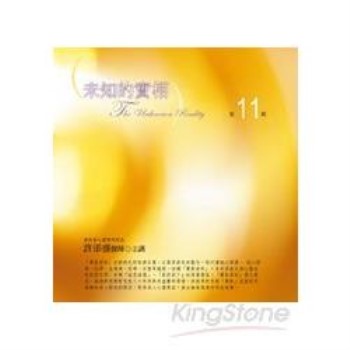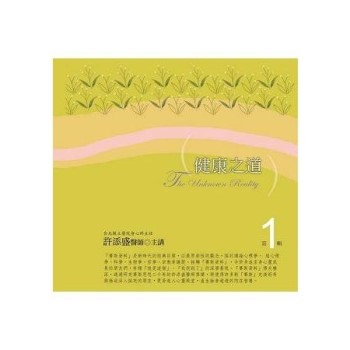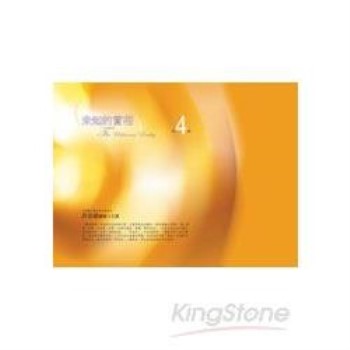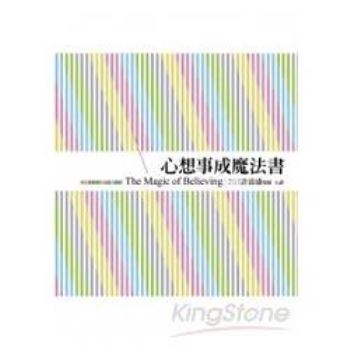Archeological Sites in Contemporary Chinese Cities investigates archeological development and cultural heritage management in various sites across China, including Luoyang Sui, DaMing Gong, Niuheliang, Xinjiang and Nanyuewang through the dual perspective of archaeological debate and as a case study of policy making. It explores the relationship between policy and the institutional and administrative conditions, such as budgeting and land concerns, which affect it. Building on the research project implemented by the China Academy for Cultural Heritage (CACH) from 2012-2014, which focused on the impact of the Da Yi Zhi Policy for Great Archaeological Sites, the book provides an interdisciplinary insider’s approach to viewing archaeological discoveries; policies and emerging practices in site and archaeological management; and public administration in China. Featuring contributions from experts within CACH and from the Chinese community of archaeologists and including numerous tables, data and maps, it will appeal to researchers and scholars in disciplines such as archaeology, heritage management, public administration and policy making.
| FindBook |
有 1 項符合
Heritage Sites in Contemporary China: Cultural Policies and Management Practices的圖書 |
 |
Heritage Sites in Contemporary China: Cultural Policies and Management Practices 作者:Bing/Yu,Haiming,Jianli/ Yan,Luca/Yu,Zan 出版社:Routledge 出版日期:2018-03-19 語言:英文 規格:精裝 / 16.5 x 24.1 x 2.5 cm / 普通級 |
| 圖書館借閱 |
| 國家圖書館 | 全國圖書書目資訊網 | 國立公共資訊圖書館 | 電子書服務平台 | MetaCat 跨館整合查詢 |
| 臺北市立圖書館 | 新北市立圖書館 | 基隆市公共圖書館 | 桃園市立圖書館 | 新竹縣公共圖書館 |
| 苗栗縣立圖書館 | 臺中市立圖書館 | 彰化縣公共圖書館 | 南投縣文化局 | 雲林縣公共圖書館 |
| 嘉義縣圖書館 | 臺南市立圖書館 | 高雄市立圖書館 | 屏東縣公共圖書館 | 宜蘭縣公共圖書館 |
| 花蓮縣文化局 | 臺東縣文化處 |
|
|
圖書介紹 - 資料來源:博客來 評分:
圖書名稱:Heritage Sites in Contemporary China: Cultural Policies and Management Practices
|










